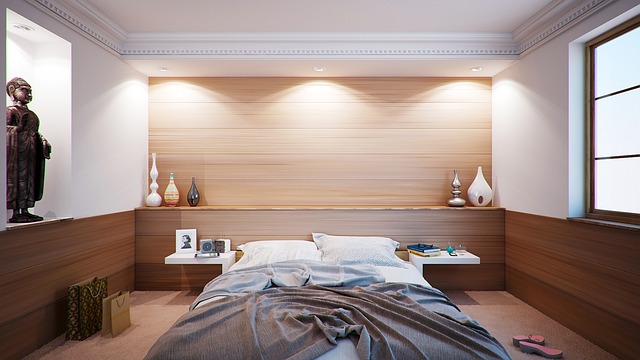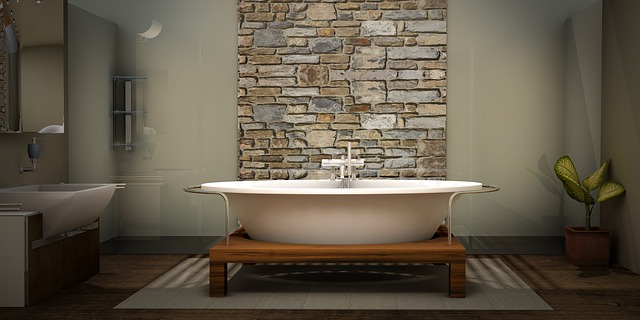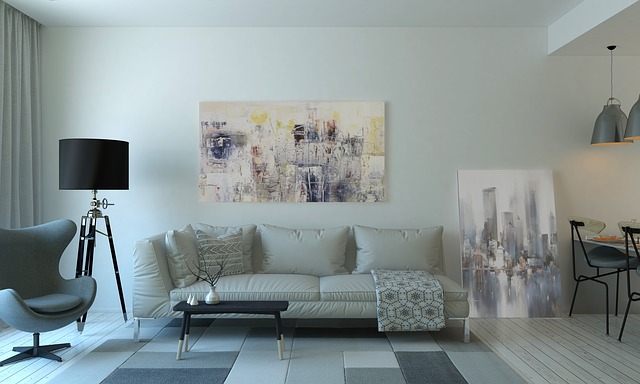Types of room in buildings

|

|

|

|
According to Approved Document B, a room is ‘an enclosed space within a building that is not used solely as a circulation space.’ This differentiates a room from spaces such as hallways, corridors, stairs, landings, and so on.
In a domestic context, the most common types of rooms include:
- Kitchen: Intended for the preparation (and perhaps also consumption) of food. (Some houses may include a pantry which is used for storing food.)
- Bedroom: Intended for sleeping, storing clothes, etc.
- Bathroom: Contains a bath and/or shower, and can include sanitary accommodation.
- Dining room: For communal eating and socializing.
- Dual activity rooms, such as an open plan kitchen / diner.
- Living room/lounge: A social room for relaxation.
- Study: For work and administrative tasks.
- Laundry room: For washing and ironing laundry (can also be referred to as a utility room). Dwellings in Scotland may have a drying room.
- Toilet: Separate room containing a toilet and usually a sink.
- Shower room: Separate room containing a shower and sometimes a sink.
- Box room: A small room that may serve as a child’s bedroom, playroom, or storage room.
Other spaces in domestic buildings may not be considered to be rooms, including:
- Attic/loft.
- Basement/cellar.
- Porch.
- Garage.
- Conservatory.
- Home office.
Larger houses may include other types of room such as:
- Ballroom: A large room for socializing and entertaining (often dual purpose with a large dining room).
- Drawing room: A smaller room for socializing, holding meetings, and so on.
- Library: For storing books and other documents.
- Theatre/cinema room: For entertainment.
- Billiard/games room: For playing games such as snooker, pool, and so on.
- Nursery: A bedroom intended for babies or young children.
- Sunroom: A room with a glass roof (and usually glass walls).
In the context of flats, studios, or apartments, one main room may serve more than one purpose, i.e. a kitchen space may be included in the same room as a living room or dining room.
Bedrooms are often described as being a ‘single room’ or ‘double room’. A single room contains enough space for a single bed and is intended for one occupant, whereas a double room contains enough space for a double bed and could be used by two occupants.
Other types of rooms are determined by the type of building and the particular function that is required. For example, an office building may include; receptions, offices, meeting rooms, storage rooms, conference rooms, restaurants, cafeterias, coffee rooms, toilets, common rooms, plant rooms, cleaners rooms, ICT rooms, gyms, and so on.
Other types of building may include very specialist rooms, such as operating theatres, auditoriums, galleries, clean rooms, waiting rooms, classrooms, lecture theatres, and so on.
[edit] Related articles on Designing Buildings
Featured articles and news
RTPI leader to become new CIOB Chief Executive Officer
Dr Victoria Hills MRTPI, FICE to take over after Caroline Gumble’s departure.
Social and affordable housing, a long term plan for delivery
The “Delivering a Decade of Renewal for Social and Affordable Housing” strategy sets out future path.
A change to adoptive architecture
Effects of global weather warming on architectural detailing, material choice and human interaction.
The proposed publicly owned and backed subsidiary of Homes England, to facilitate new homes.
How big is the problem and what can we do to mitigate the effects?
Overheating guidance and tools for building designers
A number of cool guides to help with the heat.
The UK's Modern Industrial Strategy: A 10 year plan
Previous consultation criticism, current key elements and general support with some persisting reservations.
Building Safety Regulator reforms
New roles, new staff and a new fast track service pave the way for a single construction regulator.
Architectural Technologist CPDs and Communications
CIAT CPD… and how you can do it!
Cooling centres and cool spaces
Managing extreme heat in cities by directing the public to places for heat stress relief and water sources.
Winter gardens: A brief history and warm variations
Extending the season with glass in different forms and terms.
Restoring Great Yarmouth's Winter Gardens
Transforming one of the least sustainable constructions imaginable.
Construction Skills Mission Board launch sector drive
Newly formed government and industry collaboration set strategy for recruiting an additional 100,000 construction workers a year.
New Architects Code comes into effect in September 2025
ARB Architects Code of Conduct and Practice available with ongoing consultation regarding guidance.
Welsh Skills Body (Medr) launches ambitious plan
The new skills body brings together funding and regulation of tertiary education and research for the devolved nation.
Paul Gandy FCIOB announced as next CIOB President
Former Tilbury Douglas CEO takes helm.
UK Infrastructure: A 10 Year Strategy. In brief with reactions
With the National Infrastructure and Service Transformation Authority (NISTA).






















